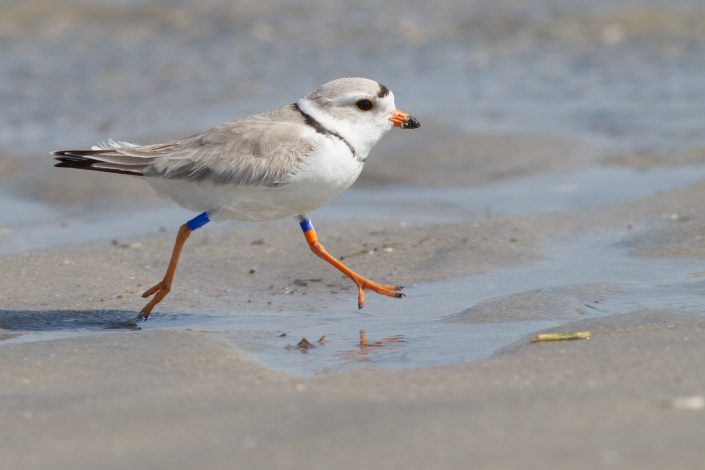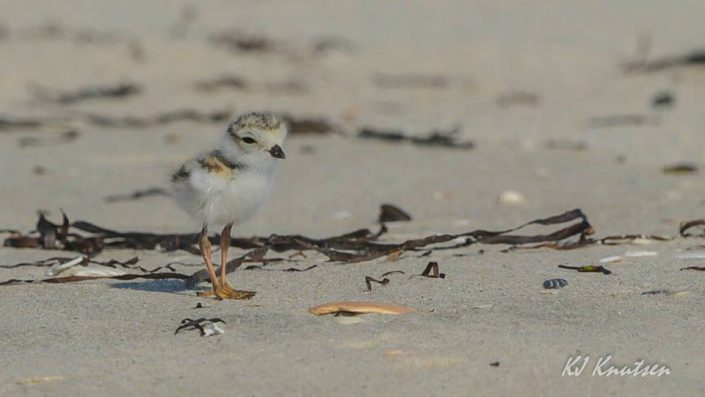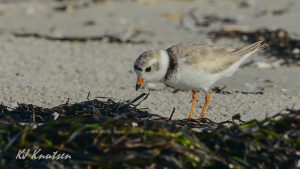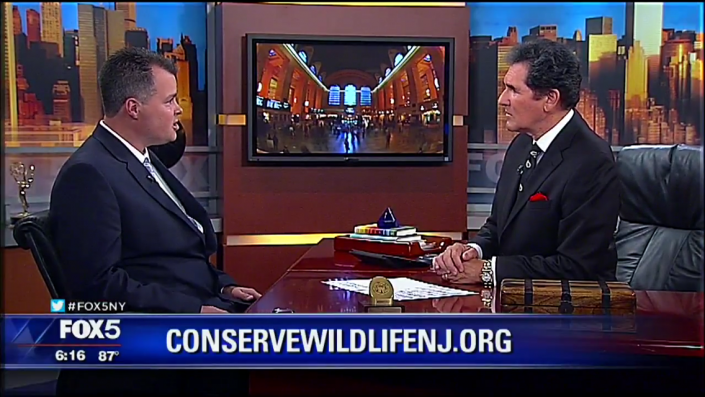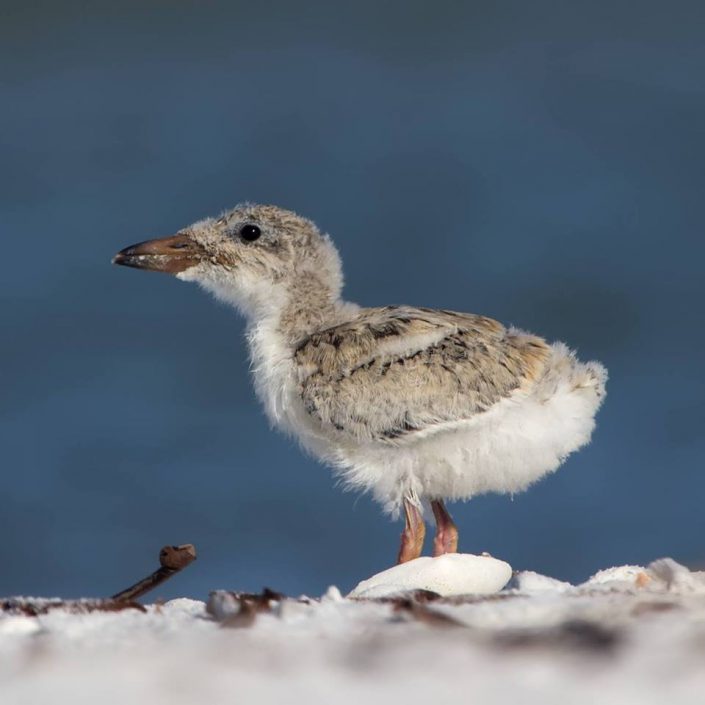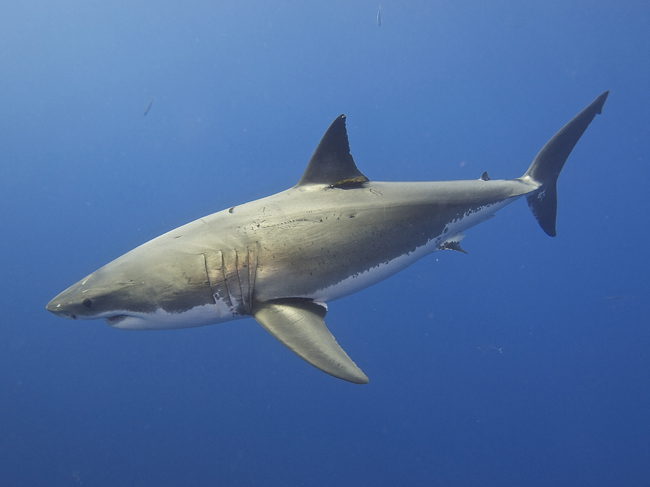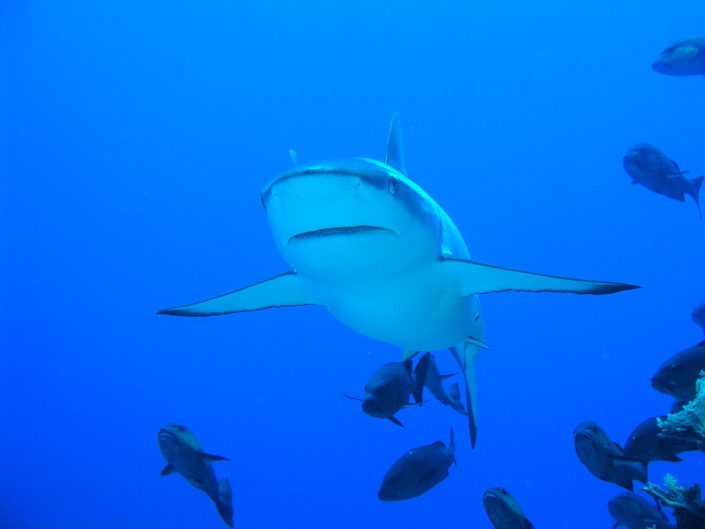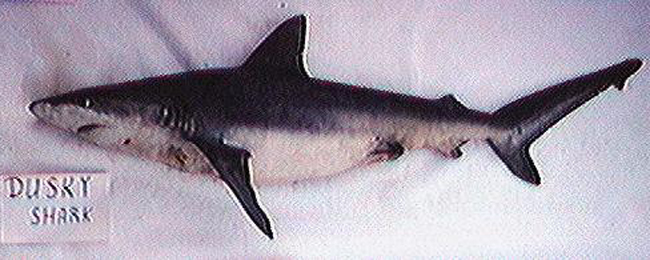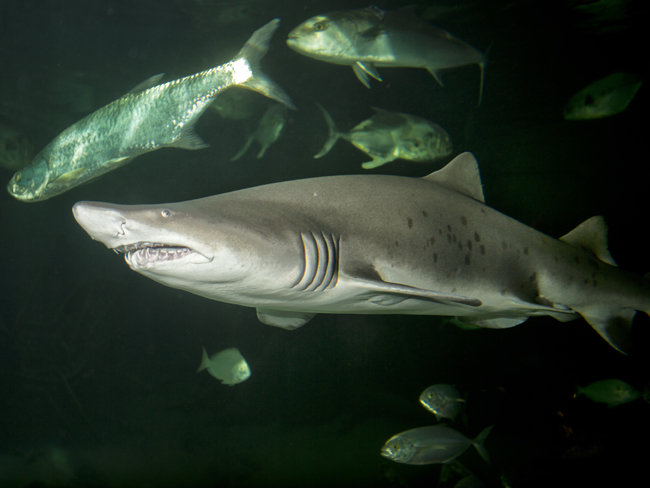Beachnester Buzz: Post-nesting Season Migration Begins
NEW, WEEKLY UPDATES FROM NEW JERSEY’S BEACH NESTING BIRD PROJECT TEAM
by Todd Pover, Beach Nesting Bird Project Manager
Up until now the focus of our weekly reports has been on breeding activities – for good reason as that is the main purpose of our beachnesting bird management and recovery program here in New Jersey. However, the past two weeks have been a good reminder that piping plover migration is already well under way.
The idea of “fall” migration is a bit of a misnomer for piping plovers and other shorebirds since they begin moving south for the “winter” as soon as nesting is complete. For piping plovers that can be in early July. In fact, last week we had our first report of piping plovers already back on their wintering grounds in the Bahamas. And yesterday we received word of 164 piping plovers in Ocracoke, North Carolina, many of them individuals that had bred in states further north. We know that from the bands and flags placed on the birds as part of various research projects.
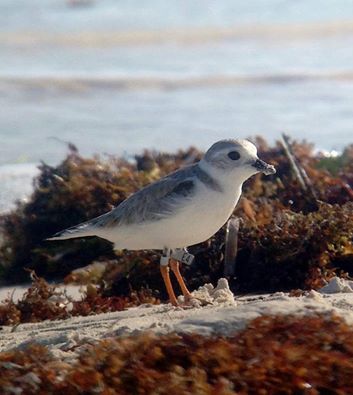
Meanwhile, back in New Jersey we resighted our first Canadian piping plover on July 12. Then last week we had another very exciting visitor from Canada – a flagged bird with the alpha/numeric code of E4. CWF’s very own Todd Pover had spotted this bird on its wintering ground in January 2014 in Spanish Wells, Eleuthera, the Bahamas. In the spring of 2014 Todd traveled up to this bird’s breeding location at White Point Resort in Nova Scotia, Canada, where he was able to spy the bird with its mate as they started to set up their nest. Having it now show up during migration in New Jersey completed the circle.
Although Todd didn’t see it himself in New Jersey this time, there is some pretty amazing “dots being connected” with this individual bird. One of the important issues brought up by the resightings of E4 is just how connected the sites are all along the flyway. It is important that we focus on breeding success here in New Jersey, but we also play an important role in protecting shorebirds during different phases of their lives as well. Long term survival and recovery of piping plovers depends on full life cycle conservation, not just during the breeding season. And with many shorebirds moving thousands of miles annually, that is an effort that needs to reach across partners and even countries.
LEARN MORE
- Conserve Wildlife Foundation Beach Nesting Bird Project
- Conserve Wildlife Foundation Field Guide: Piping Plover
